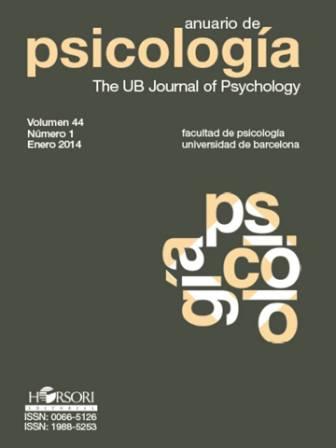Construct validity of the Torrance Test of Creativite Thinking in Argentinean young adults
Keywords:
Creativity, Torrance Test of Creative Thinking, confirmatory factor analysis, construct validityAbstract
The aim of this study is to analyze the construct validity of the Torrance Test of Creative Thinking figural (1974, TTCT). The TTCT is one of the most widely used test of creativity. Since it was created, many empirical studies have been done with the purpose of analyze its’ construct validity. According to this, several theoretical models have been postulated in previous studies but to date the findings are still mixed and inconclusive. In this research, respondents consisted of 465 university students of both genders. Confirmatory factor analyses were conducted and six factor models were tested to analyze which of them best explain the operationalized creativity construct with the TTCT. The model that better fit the data was the original model proposed by Kim (2006): χ2 = 10.16; gl = 3; p <.05; GFI =.99, NFI =.97; AIC = 34.16 and RMSEA =.07. This model postulate that the TTCT is composed by two factors: (a) Innovation and (b) Adaptation. Both factors include the five subscales proposed by Torrance (1974).Downloads
Published
2014-04-04
Issue
Section
Articles
License
The authors who publish in this journal agree to the following terms:
Authors transfer to the publisher all copyright for the full term of protection and for all the world.
The authors can post a copy of their articles in accordance with the policy of free access to the journal.


